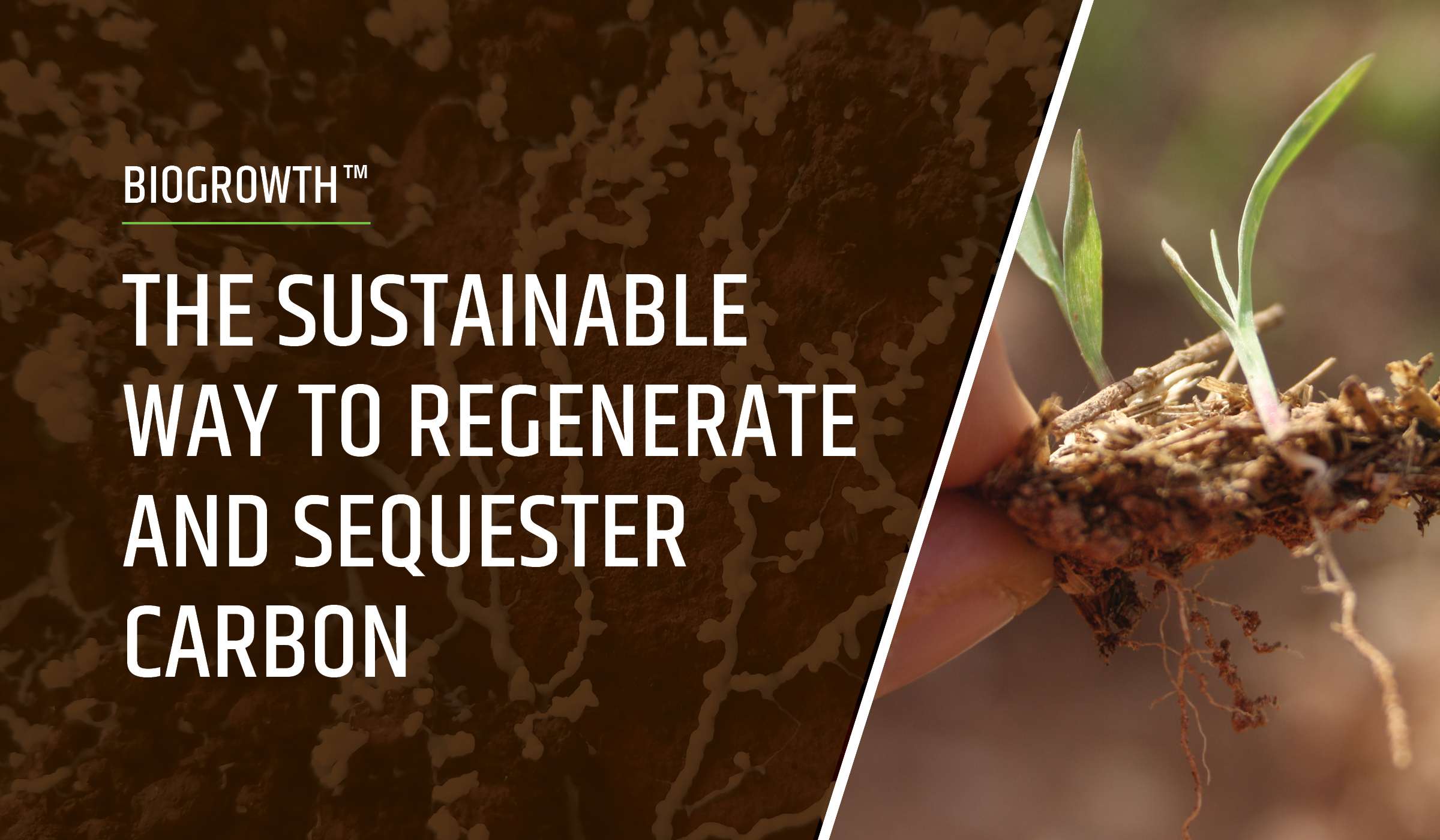When revegetation projects fall short, it’s rarely because of a lack of inputs. More fertiliser, more seed, more water – these aren’t the missing pieces. As EnviroStraw’s Peter Carmichael and soil scientist Paul Storer explain in this video, the real issue lies beneath the surface: we fail to create the biological conditions that make those inputs work.
On mine sites, construction zones and other disturbed landscapes, soils are often stripped, stockpiled and returned in a state that is effectively lifeless. Nutrients have leached away, microbial communities have collapsed, and what remains is inert dirt. In this environment, even the best-applied fertilisers and seed mixes struggle.
Why microbes matter
Healthy soils are living systems, driven by beneficial microbes – bacteria and fungi that form a protective, dynamic rhizosphere around plant roots. These microbes:
- Buffer plants from hostile conditions such as high acidity, sodium or aluminium
- Cycle nutrients efficiently, turning them into forms plants can use
- Stimulate root growth and extend the plant’s reach for water and nutrients
- Build soil carbon, improving structure, water infiltration and resilience.
Without this microbial workforce, plants may establish briefly but soon “hit the wall.” Growth falters, soils erode and projects fail to deliver long-term stability
Building biology back into soil
Revegetation success depends on three essentials for microbes: seed, feed and shelter. That means:
- Inoculating soils with a diverse suite of beneficial microbes
- Feeding them with slow-release, recycled mineral fertilisers designed to nourish microbes first, not plants directly
- Providing habitat through materials like biochar, which offer microbes protection, a long-term carbon base and the structure to hold water and nutrients.
Biochar in particular plays a powerful role. Derived from biomass under low oxygen conditions, it creates a stable habitat where microbes can survive hostile conditions, form biofilms and lay down carbon that remains in soil for decades. These biofilms not only stabilise soil structure but also act as water sponges – improving infiltration and retention.
From short-term strike to lasting resilience
Conventional methods often deliver a quick green strike, followed by decline. Water-soluble fertilisers may spark early growth but quickly burn through soil carbon, leaving plants vulnerable and soils degraded. By contrast, biological systems build carbon, create soil pores and support a living soil that grows stronger over time.
With EnviroStraw’s biogrowth system, carefully selected microbes provide multiple functions:
- Mycorrhizal fungi extend plant root systems far beyond their natural reach.
- Nitrogen-fixing bacteria draw free nitrogen from the atmosphere, reducing the need for repeated applications.
- Carbon-sequestering microbes capture atmospheric carbon and embed it in soils.
- Stubble-digesting microbes open up hydrophobic soils so rainfall can penetrate rather than run off.
The result is not just better plant growth but greater water efficiency, stronger soil structure and long-term resilience in the landscape.
Revegetation isn’t about throwing more inputs at the problem. It’s about rebuilding living, dynamic soils where biology does the heavy lifting. Watch the full conversation between Peter Carmichael and Paul Storer to dive deeper into how biology drives resilient revegetation.
